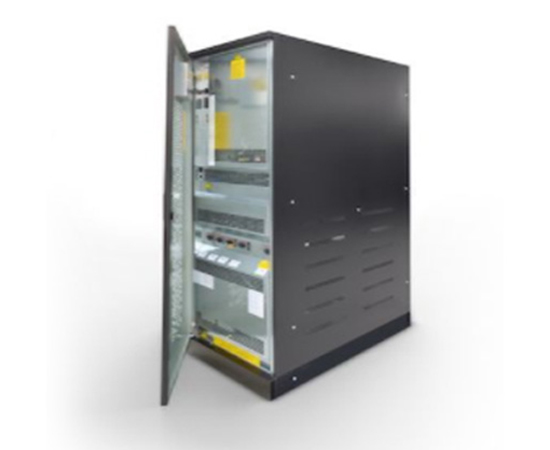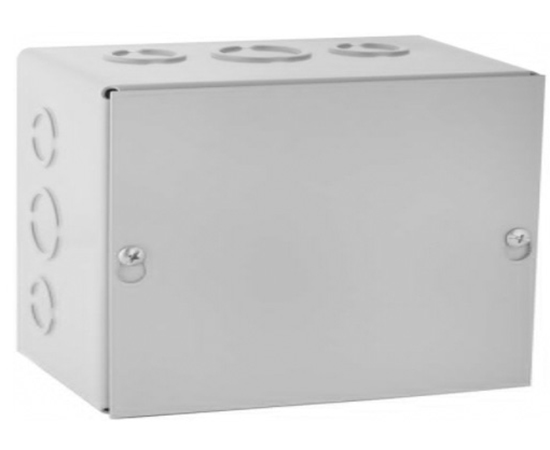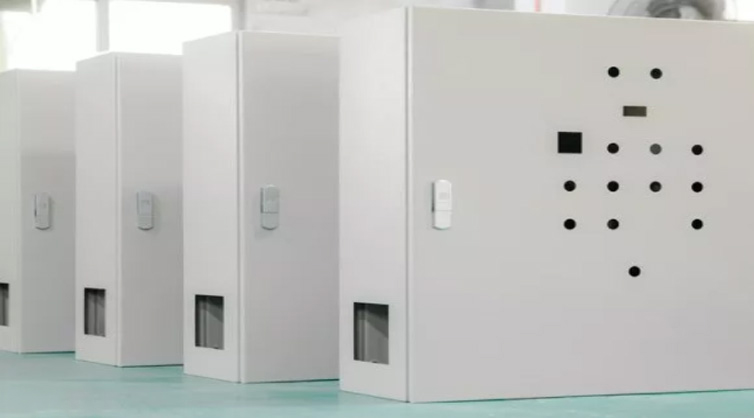Electrical enclosures come in a wide range of sizes, shapes, materials, and designs. Although they all have the same goals in mind — to protect enclosed electrical equipment from the environment, to protect users from electrical shock, and to mount electrical equipment – they can be very different. As a result, the requirements for electrical enclosures are highly influenced by the needs of the users.
When we talk about industry requirements for electrical enclosures, we usually talk about standards rather than mandatory regulations (i.e., requirements). These standards facilitate communication between manufacturers and consumers. They also advocate for safety, efficient design, and high performance. Today, we’ll go over some of the most prevalent enclosure standards, as well as some of the main concerns individuals have when ordering an electrical cabinet or enclosure.
Common Standards For Enclosures
Most manufacturers of electrical enclosures comply with safety requirements set by a reputable listing organization. In the United States, Underwriters Laboratories (UL), the National Electrical Manufacturers Association (NEMA), and Intertek are the three major listing organizations. Many manufacturers use the International Electrotechnical Commission on a global scale (IEC), which sets a family of standards for electrical enclosures, and the Institute of Electrical and Electronics Engineers (IEEE), a technical professional organization that sets standards to advance technology and benefit humanity.

The three most common electrical standards are published by IEC, NEMA, and UL, as previously noted. You should specifically consult the publications NEMA 250, IEC 60529, and UL 50 and 50E.
IEC 60529
Ingress protection levels are identified using these codes (also known as Characteristic Numerals) (also known as IP ratings). They define how well the enclosure protects its contents from moisture, dust, grime, humans, and other elements. Although the standard allows for self-testing, several manufacturers prefer to have their products independently tested for conformity.
NEMA 250
NEMA provides ingress protection in the same way that the IEC does. It does, however, include construction (minimum design standards), performance, testing, corrosion, and other topics. NEMA classifies enclosures based on their Type rather than their IP rating. It also enables self-compliance, which eliminates the need for factory inspections.
UL 50 and 50E
UL standards are based on NEMA specifications, but they also require third-party testing and on-site inspections to ensure compliance. A company’s NEMA standards can be proven with UL certification.
Ingress protection is addressed in all three standards. They assess the enclosure’s ability to guard against the entrance of solid items (such as dust) and liquids (like water). They also take into account human protection from the enclosure’s dangerous components.
Strength, sealing, material/finish, latching, flammability, ventilation, mounting, and thermal protection are all covered by UL and NEMA enclosure design standards. Bonding and grounding are also addressed by UL.
Importance of Standards
Manufacturers and consumers can readily communicate about a product's quality, features, and level of resilience thanks to standards. They promote safety and encourage manufacturers to create goods that are efficient and fulfill specific performance standards. Most importantly, they assist users in making informed selections so that they may select enclosures that fit their application’s specific requirements.
There would be a lot of variance in product design and performance if there were no rigid standards. Instead of focusing on obtaining the lowest price, we encourage all consumers to consider industry standards when acquiring new enclosures. Quality and performance are significantly more essential than the cost in the long term.

Customer Requirements
Because electrical enclosure manufacturers are only required to fulfill a few requirements (their standards), the majority of electrical enclosure needs originate from consumers. What features do customers want in an electrical enclosure? What are their thoughts and worries? When looking for a new cabinet to hold your electronics, what features and qualities should you look for?
Consider the following considerations when making your list of requirements and preferences if you require an electrical enclosure:

Enclosure material
Enclosures are made of several materials, including metal, plastic, fiberglass, die-cast, and others. Consider the weight, stability, cost, mounting options, look, and durability of your options as you research them.
Protection
Before making your purchase, look over the NEMA ratings, which indicate the product's level of environmental protection. Because these ratings are sometimes misunderstood, talk to the manufacturer/retailer about your needs ahead of time. NEMA ratings can help you figure out if an enclosure is suitable for usage both indoors and outside. whether it can protect against the ingress of water, whether it can withstand the formation of ice, and much more.
Mounting and Orientation
Mounting and Orientation: Will your enclosure be wall-mounted or free-standing? Will the enclosure be vertically or horizontally oriented? Make sure the enclosure you choose meets these basic logistical requirements.
Size
Choosing the correct enclosure size may appear straightforward, but there are numerous possibilities. If you’re not careful, you could "overbuy," buying more enclosure than you actually require. However, if your enclosure proves to be too tiny in the future, you may need to upgrade. This is especially true if your enclosure will need to accommodate future technological advancements.
Climate Control
Internal and exterior heat can both harm electrical equipment, therefore climate control is important. You may need to investigate heat transfer methods based on the heat production of your equipment and its external environment. It’s important to choose the correct cooling system for your enclosure.
Conclusion
Check out Eabel Manufacturing if you're looking for a company that can produce excellent metal enclosures on your behalf. Our innovative, high-quality enclosures help the telecoms industry develop and improve its network offerings.
We offer NEMA type 1, type 2, type 3, type 3-R, type 3-X, type 4, and type 4-X metal enclosures, which are made of aluminum, galvanized steel, carbon steel, and stainless steel. Contact us, to learn more, or request a free quote online.
Post time: Jun-27-2022

